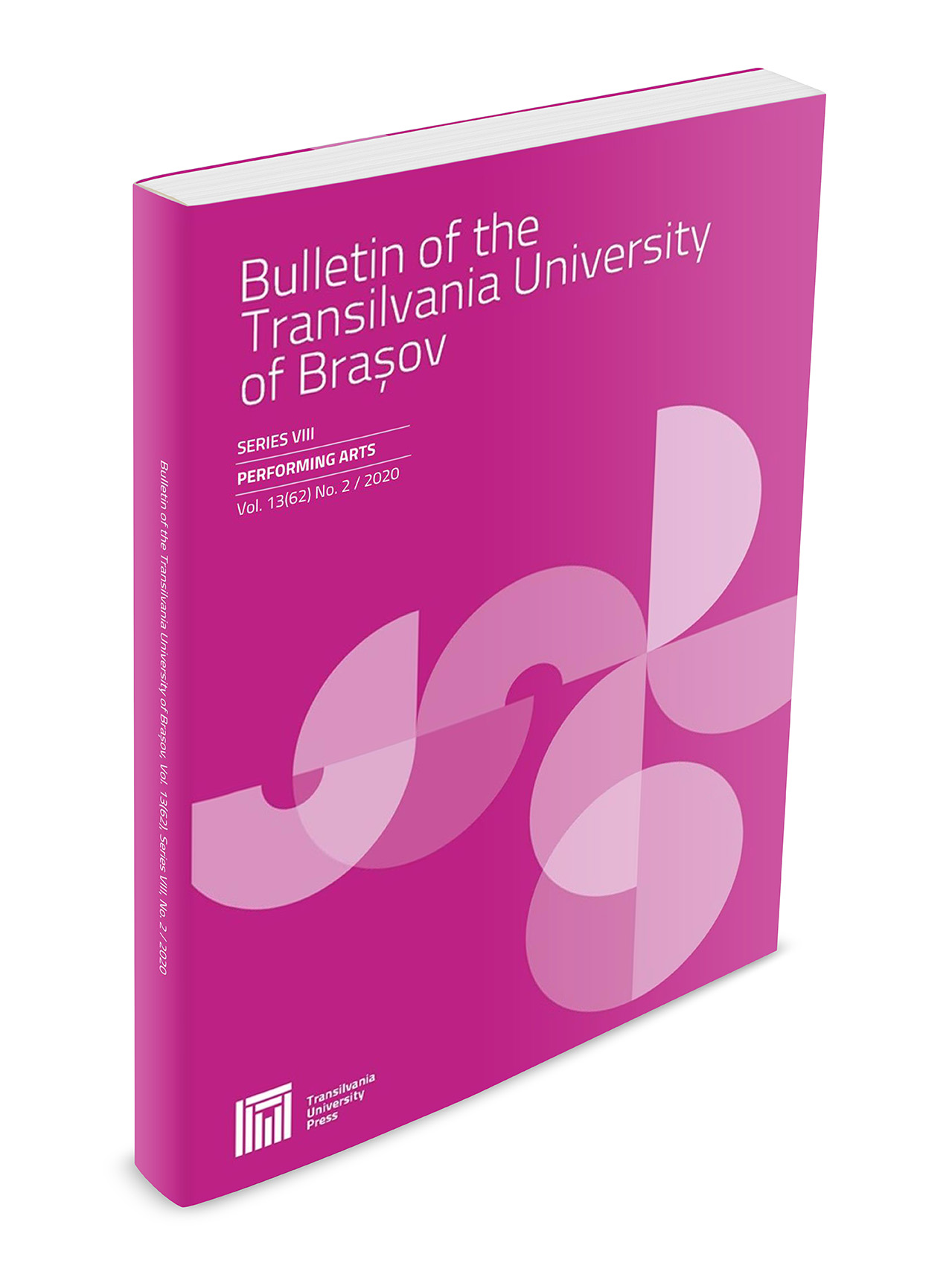Structural Innovations in the First Movement of Beethoven’s Sonata W. O. O. 47 No. 2 in F minor Kurfürsten (1783)
DOI:
https://doi.org/10.31926/but.pa.2022.15.64.3.23Keywords:
works without opus number, Kurfrsten-Sonaten, innovative structure, variety of musical charactersAbstract
The article discusses the use of original compositional methods in the first movement of Ludwig van Beethoven’s Piano Sonata W. O. O. 47 No. 2 in F minor “Kurfürsten”, adopted to innovate the sonata on a structural level, but also to offer it a greater variety of characters. The alternation of slow sections with fast ones within the movement, the opening of the work with a slow introduction, repeated in the recapitulation, which was first used by the composer at the age of 13, as an absolute premiere in music history, gave rise, years later, to a masterpiece of the 18th century, the Sonata Op. 13 in C minor “Pathétique”, one of the best known, innovative and impressive works written by him, but also to another important and creative work from the beginning of the 19th century, the Sonata Op. 31 No. 2 in D minor “Tempest”.Downloads
Published
Issue
Section
License
Copyright (c) 2022 Bulletin of the Transilvania University of Braşov. Series VIII: Performing Arts

This work is licensed under a Creative Commons Attribution 4.0 International License.




